“Life moves pretty fast,” Ferris Bueller famously said. “If you don’t stop and look around once in a while, you could miss it.”
Fortunately, that’s what many of us are doing this month—48.9 million of us, to be exact. Did you hit the road for the long July 4th weekend? I flew to California for quality time with family and friends, and it gave me the opportunity to relax and reflect on my year thus far. One theme that keeps emerging as I think about my own life and the lives of my clients in 2019 is transition.
People are in flux, navigating big changes in their careers and in their personal lives.
Some individuals are realizing, in a big way, that they are stuck. And they’re not particularly interested in staying that way. This global change in energy is causing important shifts in people’s careers and lifestyles. They are seeking promotions, starting new businesses, moving to different cities or even countries, and attending to their health and wellbeing in innovative ways. My clients are up-leveling their lives. Gallup found recently, in fact, that about 51% of the American workforce is looking for new work. We are restlessly seeking a better and more fulfilling way to be.
Does any of this sound familiar to you? Is your inner Ferris Bueller inviting you to stop and look around a little?
I’d be willing to bet the answer is yes. As I was reviewing my journal from the last 30 days, I noticed this pattern came up repeatedly. It’s very prevalent—way more than I ever imagined it to be. If you’re feeling anxiousness or worried about the next steps to take this year, I have some ideas for you:
1. To find clarity and identify the next right steps, do a deep dive into your distant past. What was happening to you and in your world from birth until age seven? How do you unknowingly repeat those same patterns today?
Bruce Lipton’s research explains that from the third trimester to age seven, an individual’s brain is in the theta brainwave state; after age seven, we transfer into brainwave state beta. So, the environment around us in first seven years of our lives is baked into our subconscious because the theta state is a highly suggestable one.
We unknowingly repeat the habits of being from this stage of life—every day for the rest of our lives, even if they don’t benefit us. I recommend taking the time to thoroughly understand this time period of your life. Make notes about what was happening in your home, in society, in your environment, in your school, or wherever you spent time during those early years. Then, make a list of the things you’re still doing or thinking today that are the exact same actions or attitudes you watched around you during those early years.
Here are a few examples of what I mean:
– Speaking from my own experience, my dad worked a lot. As a result of watching that each day, I came to believe that working a lot was the key to success, happiness, and accomplishment. (Spoiler… it’s not.)
– My vendor’s mother had mental health issues, so she tried a million different ways to make her mom happy. Today, she’s trying too many approaches to success as opposed to focused effort on her life’s mission.
– My client’s daughter had a dad who wasn’t involved, so she went over the top in caring for him when he was around. Now, she is so in the service of others that she only feels loved when someone praises her—as opposed to feeling deep self-love for the amazing young woman she is.
Just by reading over these examples, you can see why taking the time to examine some of our baked-in belief patterns is worth your time.
2. Commit to 90 days of shedding old belief patterns and structures. Next, take three months and commit to a weekly practice of thinking or journaling about the habits from your early years that are not helping you accomplish what’s coming next. To shed a habit or a thought pattern, you need to acknowledge it and get curious about it. Where did it come from? What did it teach me? How do I let it go?
3. Discovery: Go out to learn more about what you would like to invite in. I don’t mean change everything all at once. Instead, this step is about small, regular, and manageable changes. If you go into the office every day at 6 AM, for example, and you’d prefer to go in at 9 AM (but you just can’t seem to ever do it), start with making the change one day per week. You can ramp it up from there if it feels safe.
During this three-to-six-months of discovery, it’s about testing and trying little things that are in alignment with your mission…in a way that’s not scary. Do this in a way that doesn’t cause anxiety or make you frustrated or sad. You’re simply trying something and collecting data on it as you experience it.
4. Finally, enter into a period of alignment. Acknowledge and move deeper into the very specific actions from the previous step that gave you energy, that gave you a sense of hopefulness, that felt like they were in alignment with your values, your goals, and life’s mission. Start to formalize and capture those plans, whatever they may be. Changing jobs, changing relationships, getting a promotion, getting the resume upgraded, tweaking LinkedIn, going to specific conferences, joining a board. Begin to make the transition.
I wish this process were simple or easy, but it’s not. It is going to be emotional. Everybody is questioning themselves, and we are all humans with unique emotions that we have to address and deal with. So, please don’t try to make this a rapid, unemotional, task-oriented thing, because it’s not. Humans are inherently irrational, very emotional, and relationship-based. So, we have to be able to understand that this process will require emotion. And that’s a good thing.
This is still a work in progress for me; the work is really never done. When our habits and thought patterns are baked into our subconscious from birth to age seven, it can take our entire lives to shed them.
The Impact of Growth
I have, in increments, been doing this spiritual deep dive in my own life for many years now. As a result, I’ve been able to significantly lessen the number of hours I work in a week and increase the amount of time I’m able to travel and connect with others. Increasing self-knowledge has tangible results: when I first started my business, it was me doing 100% of the activities required to sustain the business. As my business grew and developed, I set aside time to think about what pieces needed to evolve so I don’t do what my dad did (work all the time).
Now, I have a ghostwriter, a podcast editor, a bookkeeper. I have an intern, a CPA and a project manager who helps when I need it. I have offloaded tasks that are areas of weakness for me—or are not the highest and best use of my time—to others. I leverage their strengths and help them make money. I’ve created an ecosystem of people around me, so I don’t have to work 70 hours each week. I’m purposely curating this community of people who work together to help humanity. My family still lives life nearly identically to the way they did 15 years ago. I have purposely disrupted pieces of my business each year—and it is growing.
Growth is important to me. It is one of my core values. It’s also the reason we’re here on Earth: to one, learn new things personally, and two, contribute to something bigger than ourselves through deeply meaningful relationships.
To transition and grow as peacefully as possible, think about what was baked into your subconscious at a young age. If you engage in the steps above over the next six to 12 months, the probability of you stepping into a more happy, secure, engaged, productive place in 2020 is high.
Interested in learning more about how to grow into a happier, healthier you this summer? Curious about how your biology may be impacted by your subconscious patterns? Listen to my recent podcast episode “We’re Ill Because We’re Never Still,” featuring the remarkable Dr. Christina Compton NMD, founder of Sowello Health.
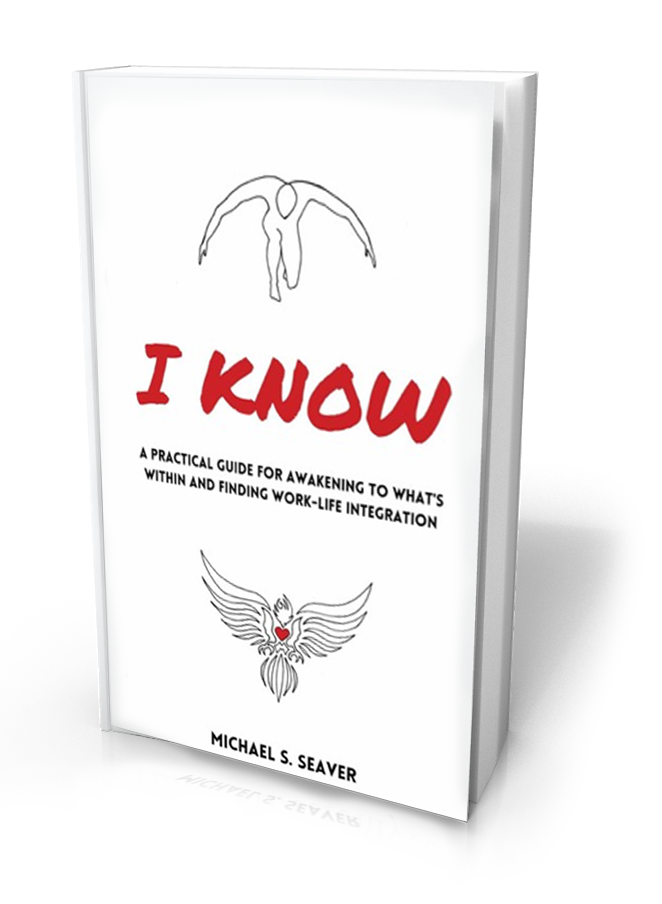

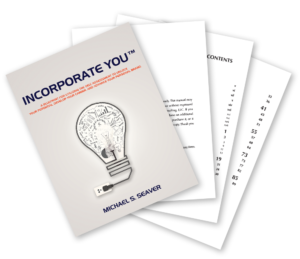
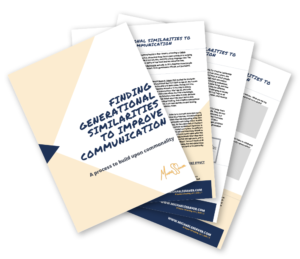
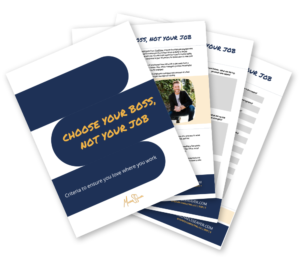
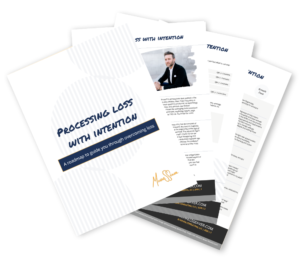
Connect with me